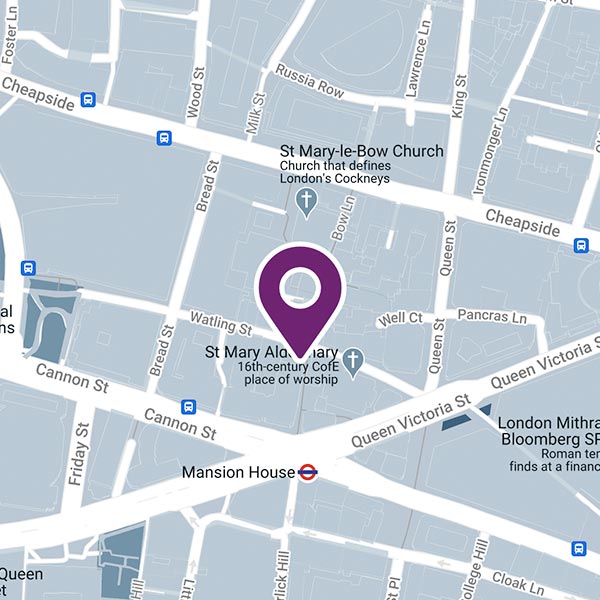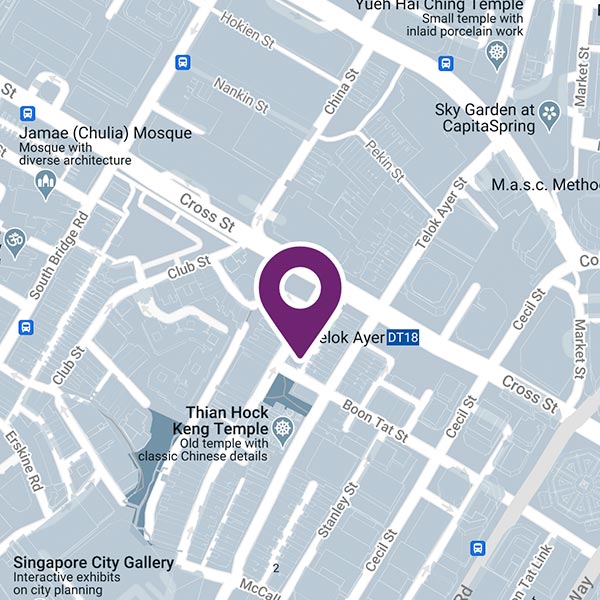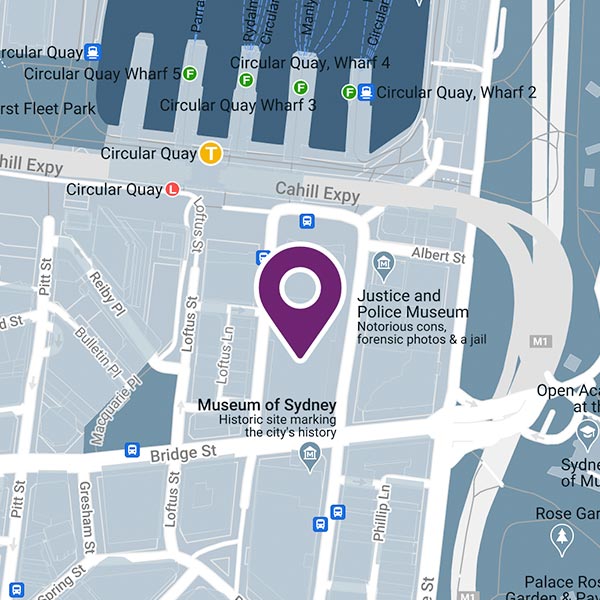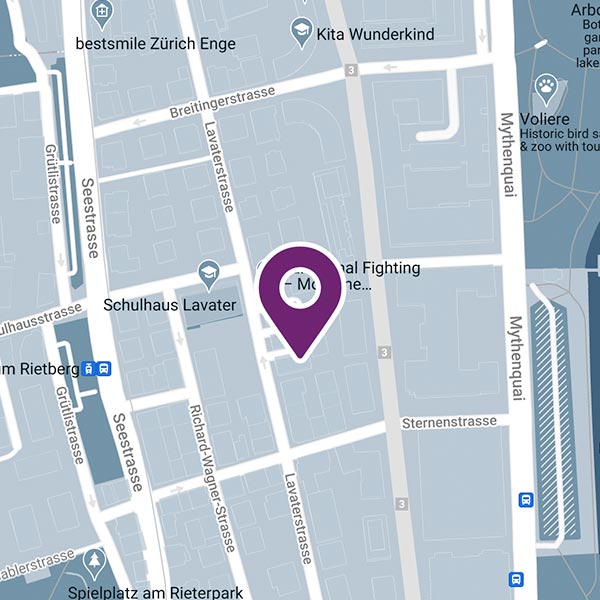It's a question that keeps many organisational leaders up at night. How can we future-proof our organisation? With an unprecedented era of change, uncertainty, and volatility at hand, it is more important than ever for organisations to think about their long-term viability.
The world is changing at an accelerated pace. Disruptive innovation has overwhelmed industries, leaving businesses scrambling to catch up. The future of the workforce will be different than it is today, with new skill sets and competencies required for success. For your organisation to stay competitive, you need a strategy that anticipates these changes and ensures your employees can adapt as needed.
How to Get the Conversation Started?
We all know that change is inevitable, and it's only a matter of time before the world as we know it changes. To get the conversation started around future-proofing, you can start by looking at your company holistically and asking questions such as:
- What areas can I improve?
- How can I prepare for any eventuality?
- Is something major happening in my industry that I am unaware of?
- Is there a clear step for my company to take on its journey from where it currently stands?
The answers to these questions will help shape which actions need to be taken and when they need to occur. More specifically, here are three tips that can make your organisation better prepared to tackle future challenges.
First: Recognise that Change is Inevitable
Did you know that the Pentagon has a plan to fight zombies? While the prospect of confronting the living dead seems remote, there are other inevitable changes that will transform the way we live and work. The pandemic, which resulted in many businesses closing down and millions of people becoming jobless, showed a lack of preparedness from the business world.
Remember that change is a constant in the business world. Change is not necessarily bad; it's what moves our society forward and spurs innovation. And it's not just organisational change; it's technological, environmental, political, and cultural change, too.
Change can be difficult to manage, and even when you think you've got it all figured out, there will come another wave of unpredictable changes that affect your organisation. The first thing you can do as a leader is to recognise this inevitability and plan for the future with an eye on how your organisation might react in an unfamiliar terrain.
In their book, "Stretch: How to Future-Proof Yourself for Tomorrow's Workplace," Karie Willyerd and Barbara Mistick list globalisation, emerging technologies, climate change, demographic shifts, and the explosion of data as some of the imminent changes that are already shaping the future of the workforce and, by extension, employers.
Second: Build a People-First Culture
It may seem like a no-brainer, but it's important to remember that your company is only as strong as its employees. To ensure the company remains competitive in today's ever-changing business landscape, you should engage and motivate your workforce.
Research has found that leaders who prioritise "people over numbers" appear to have a greater chance of survival in a moment of major external disruptions such as the Covid-19 pandemic. But what does a "people-first culture" exactly mean? What should businesses do to build it? There are at least three tangible steps you can take to promote a people-focused company culture.
- Engage Your Employees:
A recent study by Gallup found that highly engaged employees produce substantially better outcomes at work and deliver better service to customers and help attract new ones. In today's world of rapid technological advancement, it is essential to keep your employees engaged to stay competitive.
It's equally vital to remember that employees are not just a cost for companies but also an investment. Ensuring that they enjoy their work and feel valued will help them be more productive and provide the company with valuable ideas and feedback on improving processes or systems.
- Provide Ongoing Training for Employees in Emerging Technologies
In the modern world, it has never been more critical to be future-ready. That includes being able to anticipate what skills will be needed in a few years and ensuring your employees have those skills before it's too late.
The key is ongoing training for employees in emerging technologies that are changing fast. Training programs can help maintain company competitiveness by developing new skills among current employees or by attracting new talent who don't need as much training time on the job.
- Encourage creativity and innovation
Meeting new challenges requires being innovative and collaborative. This approach will not only prepare you for the future but also help your organization thrive today.
What does innovation look like in a workplace? It's about creating new ideas that can solve problems and make life easier and more enjoyable for the employees. This can be done through collaboration—bringing together diverse groups of people who have different perspectives and experiences, then working together to explore possibilities without judgment or fear of failure.
Third: Embrace New Technology
Having a people-first culture and embracing digitalisation should not be viewed as an oxymoron, even though automation increasingly threatens to replace humans in the workplace. Few people seem to disagree that artificial intelligence (AI) will never fully replace humans. The reason is simply that people can do things that machines cannot do.
While machines, for instance, are great at repetitive tasks and following step-by-step instructions, they lack creativity and empathy when it comes to complex decisions. Experts argue that the future will instead belong to "a human-machine symbiosis." While it's hard, for example, to assume that machines can care for patients in the same way a nurse can, better nurses know how to use new technologies, such as smart beds that have sensors to constantly monitor patient movement and vital signs.
As a leader, you can ask yourself this question now: is my organisation future-proof?












